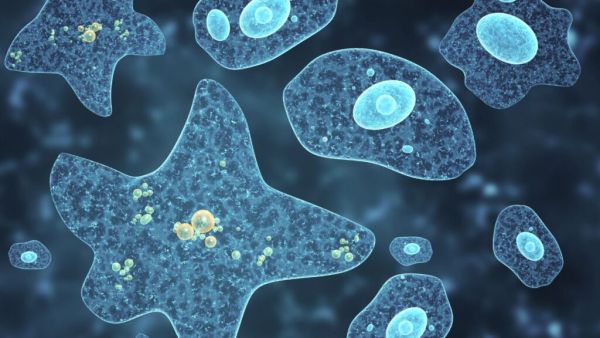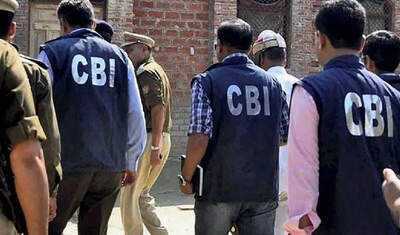
The concerns of the health department in Kerala have increased, as 19 people have died from Primary Amoebic MeningoEncephalitis (PAM) so far this year. It is also called ‘brain-eating amoeba’ in common language. State Health Minister Veena George said that a total of 69 cases have been reported in 2025 so far, but like last year, there is no information about the cluster connected to any one water source.
Veena George further said that ‘Hara Meininjoocyssaflitis case has been directed to investigate. If amoeba is detected, treatment is started immediately. Life can be saved by early detection. Let us know in such a situation, what is this disease and its symptoms and methods of prevention.
What is Pam?
Pam is a rare and often fatal infection, which spreads amoeba called Naegleria Fowalei. This amoeba thrives in hot fresh water and can enter the body through the nose. When it reaches the brain, it causes severe inflammation, which is usually fatal. This year, the age of patients recorded in Kerala is from three months of baby to 91 years. These include 33 men and 19 women.
Where is it found?
- Hot fresh water sources like ponds, lakes, canals, hot waterfalls.
- Pools and spas left without dirty or clean.
- Sometimes amoeba is also found in tap water or well of the house, especially when the water is hot.
How does this disease spread?
Naegleria Fowalei enters the body through the nose. When a person floats in amoeba water or puts water in the nose, the amoeba can reach the brain through the nose. It does not go directly into the blood flow, but infects the tissue tissue.
symptoms
Symptoms of infection usually begin within 1 to 9 days and grow faster. These include high fever and headache, nausea and vomiting, neck stiffness, sensitivity, confusion, seizures, balance losing, sleep disturbances and finally coma and death. Pam is usually fatal very quickly and death can occur within 1 to 12 days of appearance.
What is PAM disease treatment?
Treatment is difficult and limited. Prevention is possible in some cases by early identification and use of anti-amoeba drugs. Medicines and supportive care like Miltefosine can sometimes save life, but the success rate is very low.
-
BJP leaders reflect on PM Modi's enduring legacy on his 75th birthday

-
CBI Files Supplementary Charges in NSE Co-Location Scam

-
India's Semiconductor Advancements: ARM Unveils New Office in Bengaluru

-
Bengal Warriorz Triumph Over UP Yoddhas in Thrilling PKL 2025 Match

-
Narendra Modi Net Worth: Indian PM is billionaire without owning house, land; Here's how
